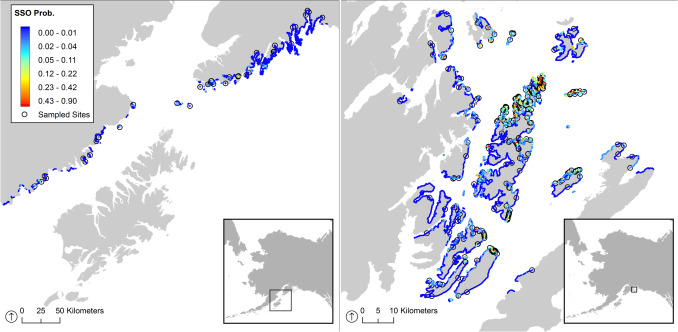RPI is pleased to announce the publication of a new paper by Zach Nixon and Jacqueline Michel entitled:
This paper is a new synthesis of the body of literature on the causal geomorphic and physical mechanisms for persistence of oil in the intertidal subsurface sediments of Prince William Sound and the Gulf of Alaska as a result of the 1989 Exxon Valdez oil spill. We estimate that lingering subsurface residues, generally between 5 and 20 cm thick and sequestered below 10–20 cm of clean sediment, are present over 30 ha of intertidal area, along 11.4 km of shoreline, and represent approximately 227 t or 0.6% of the total mass of spilled oil. While no longer generally bioavailable and increasingly chemically weathered, present removal rates for these remaining subsurface oil residues have slowed to nearly zero. The only remaining plausible removal mechanisms will operate over time scales of decades. This research was supported by the Exxon Valdez Oil Spill Trustee Council.
More:
http://www.sciencedirect.com/science/article/pii/S0967064517300036

